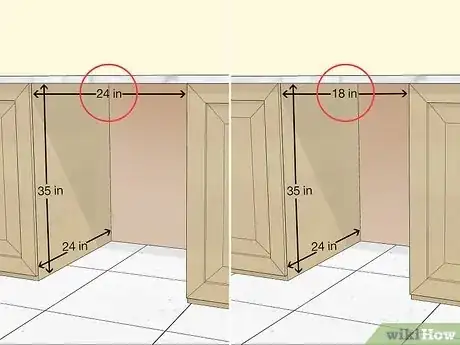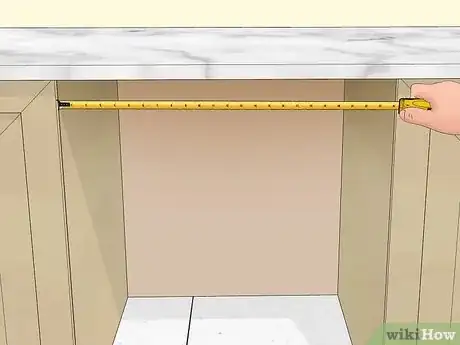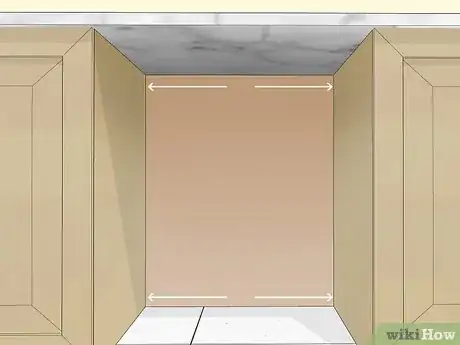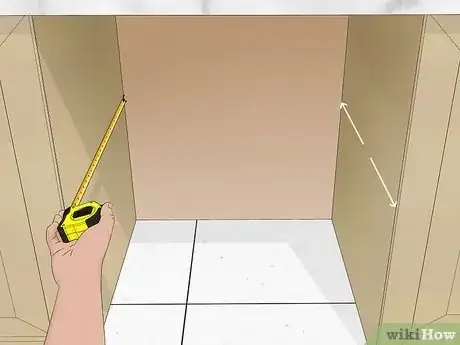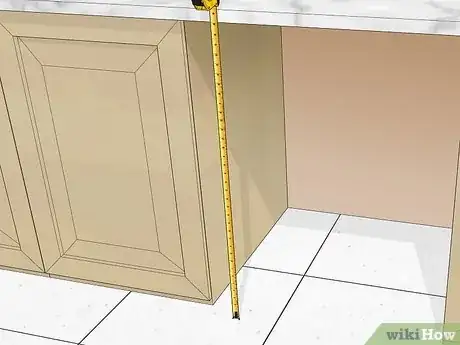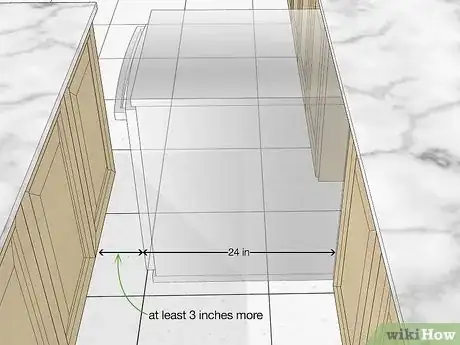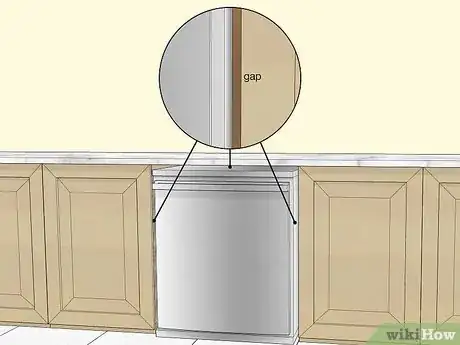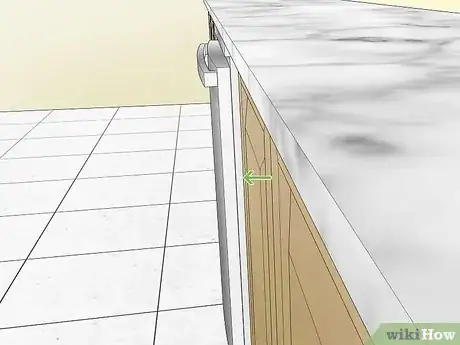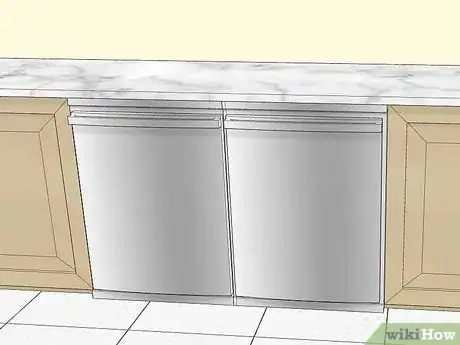This article was co-authored by wikiHow staff writer, Eric McClure. Eric McClure is an editing fellow at wikiHow where he has been editing, researching, and creating content since 2019. A former educator and poet, his work has appeared in Carcinogenic Poetry, Shot Glass Journal, Prairie Margins, and The Rusty Nail. His digital chapbook, The Internet, was also published in TL;DR Magazine. He was the winner of the Paul Carroll award for outstanding achievement in creative writing in 2014, and he was a featured reader at the Poetry Foundation’s Open Door Reading Series in 2015. Eric holds a BA in English from the University of Illinois at Chicago, and an MEd in secondary education from DePaul University.
This article has been viewed 1,031 times.
Learn more...
If you’re moving into a new place or finishing up a kitchen remodel, you may find yourself in need of some new appliances. While the fridge and stove are fairly straightforward, how do you size a dishwasher? Luckily, you typically have some breathing room since dishwasher legs are adjustable and it’s easy to fill in gaps when you install the dishwasher. Still, there are a few key considerations you may want to take into account. In this article, we’ll break down everything you’ll need to know about measuring your cabinet space for a new dishwasher.
Things You Should Know
- Most cabinet openings for dishwashers fall into 1 of 2 sizes: standard or compact.
- Standard cabinets are 24 by 24 by 35 in (61 by 61 by 89 cm). Compact cabinets are 18 by 24 by 35 in (46 by 61 by 89 cm). All measurements are width by length by depth.
- Don’t include any baseboard shorter than 2 inches (5.1 cm) and don’t include the thin metal railing under the countertop in your measurements.
- Dishwasher legs are adjustable, so it’s okay if it’s too short. The same goes for the depth. You can fill in gaps in the width with insulation or moving blankets.
Steps
References
- ↑ https://www.remodelista.com/posts/remodeling-101-know-replacing-dishwasher/
- ↑ https://s7.sears.com/is/content/Sears/PDFs/Dishwasher-Guide.pdf
- ↑ https://content.warnersstellian.com/wp-content/uploads/2018/08/Dishwashers.pdf
- ↑ https://content.warnersstellian.com/wp-content/uploads/2018/08/Dishwashers.pdf
- ↑ https://s7.sears.com/is/content/Sears/PDFs/Dishwasher-Guide.pdf
- ↑ https://www.remodelista.com/posts/remodeling-101-know-replacing-dishwasher/
- ↑ https://s7.sears.com/is/content/Sears/PDFs/Dishwasher-Guide.pdf
- ↑ https://homearise.com/dishwasher-stick-out-cabinet/
- ↑ https://www.remodelista.com/posts/remodeling-101-know-replacing-dishwasher/
